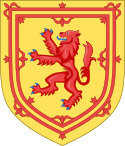
The Long Parliament was an English Parliament which lasted from 1640 until 1660. It followed the fiasco of the Short Parliament, which had convened for only three weeks during the spring of 1640 after an 11-year parliamentary absence. In September 1640, King Charles I issued writs summoning a parliament to convene on 3 November 1640. He intended it to pass financial bills, a step made necessary by the costs of the Bishops' Wars in Scotland. The Long Parliament received its name from the fact that, by Act of Parliament, it stipulated it could be dissolved only with agreement of the members; and those members did not agree to its dissolution until 16 March 1660, after the English Civil War and near the close of the Interregnum.
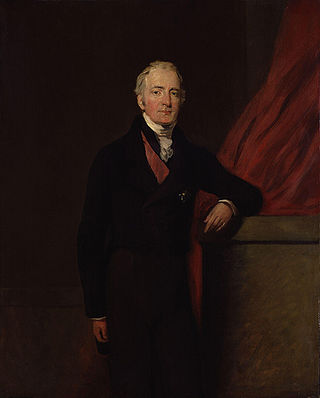
Henry Bathurst, 3rd Earl Bathurst, was a High Tory, High Church Pittite. He was an MP for thirty years before ennoblement. A personal friend of William Pitt the Younger, he became a broker of deals across cabinet factions during the Napoleonic era. After the Napoleonic Wars, Bathurst was on the conservative wing of the Tory party.

The Battle of Solway Moss took place on Solway Moss near the River Esk on the English side of the Anglo-Scottish border in November 1542 between English and Scottish forces.

Sir Edward Nicholas was an English officeholder and politician who served as Secretary of State to Charles I and Charles II. He also sat in the House of Commons at various times between 1621 and 1629. He served as secretary to Edward la Zouche and the Duke of Buckingham in the Admiralty and became a clerk of the Privy Council. He supported the Royalist cause in the English Civil War and accompanied the court into exile, before assuming the post of Secretary of State on the Restoration.
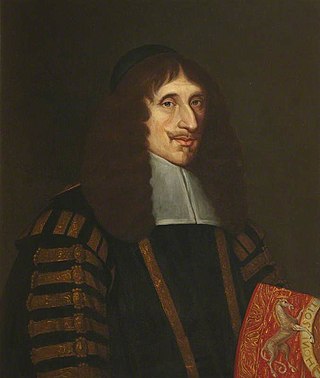
John Campbell, 1st Earl of Loudoun was a Scottish politician and Covenanter.

The Lords of the Congregation, originally styling themselves "the Faithful", were a group of Protestant Scottish nobles who in the mid-16th century favoured a reformation of the Catholic church according to Protestant principles and a Scottish-English alliance.

Earl of Glencairn was a title in the Peerage of Scotland. It was created in 1488 for Alexander Cunningham, 1st Lord Kilmaurs. The name was taken from the parish of Glencairn in Dumfriesshire so named for the Cairn Waters which run through it.
Sir Thomas Wharton, 1st Baron Wharton was an English nobleman and a follower of King Henry VIII of England. He is best known for his victory at Solway Moss on 24 November 1542 for which he was given a barony.
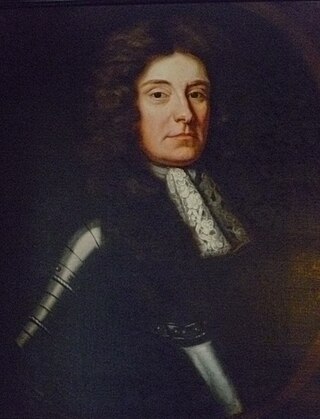
Archibald Campbell, 9th Earl of Argyll was a Scottish peer and soldier.

William Cunningham, 9th Earl of Glencairn (1610–1664), was a Scottish nobleman, Lord Chancellor of Scotland, and a cavalier. He was also the chief of Clan Cunningham.
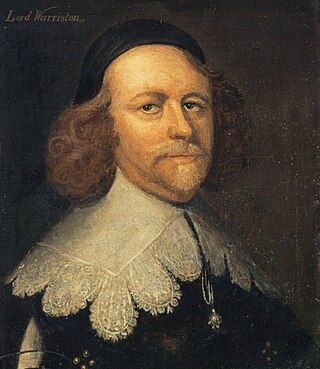
Archibald Johnston, Lord Wariston was a Scottish judge and statesman.
The Committee of Both Kingdoms,, was a committee set up during the Wars of the Three Kingdoms by the Parliamentarian faction in association with representatives from the Scottish Covenanters, after they made an alliance in late 1643.
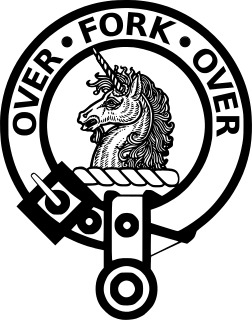
Clan Cunningham is a Scottish clan. The traditional origins of the clan are placed in the 12th century. However, the first contemporary record of the clan chiefs is in the thirteenth century. The chiefs of the Clan Cunningham supported Robert the Bruce during the Wars of Scottish Independence. In the 15th and 16th centuries, the Clan Cunningham feuded with the Clan Montgomery. Historically, the chief of Clan Cunningham held the title of Earl of Glencairn. However, in modern times the chief of the clan is Cunningham of Corsehill. On 18 December 2013, Sir John Christopher Foggo Montgomery Cunninghame, Baronet of Corsehill, was recognized by Lord Lyon as Clan Chief after the chiefship had been vacant for over 200 years.
James Cunningham, 7th Earl of Glencairn (1552–1630) was a Scottish peer and member of the Privy Council of Scotland.
Alexander Cunningham, 5th Earl of Glencairn was a Scottish nobleman and Protestant reformer, prominent in the Scottish Reformation.
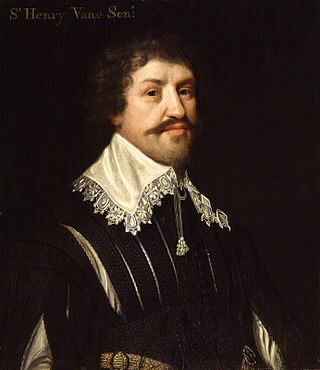
Sir Henry Vane, the elder was an English politician who sat in the House of Commons at various times between 1614 and 1654. He served King Charles in many posts including secretary of state, but on the outbreak of the English Civil War joined the Parliamentary cause. He was the third cousin of Francis Fane, 1st Earl of Westmorland.

Francis Annesley, 1st Viscount Valentia, was an English statesman during the colonisation of Ireland in the seventeenth century. He was a Member of Parliament for both the English and Irish houses, was elevated to the Irish peerage as Baron Mountnorris, and later gain the additional title Viscount Valentia. He is best remembered for his clash with the Lord Lieutenant, Thomas Wentworth, who in order to render Annesley powerless had him sentenced to death on a spurious charge of mutiny, although it was clearly understood that the sentence would not be carried out.
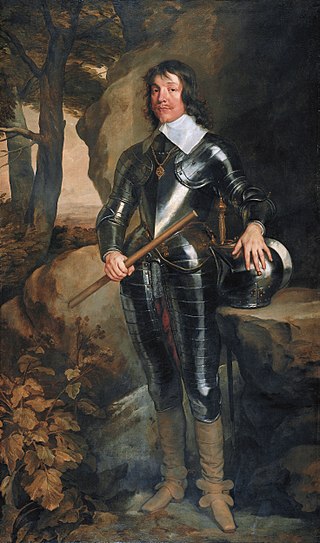
James Hamilton, 1st Duke of Hamilton, KG, PC, known as The 3rd Marquess of Hamilton from March 1625 until April 1643, was a Scottish nobleman and influential political and military leader during the Thirty Years' War and the Wars of the Three Kingdoms.
Robert Sempill, 3rd Lord Sempill was a Scottish lord of Parliament.

Charles I of England left Oxford on 27 April 1646 and travelled by a circuitous route through enemy-held territory to arrive at the Scottish army camp located close to Southwell near Newark-on-Trent on 5 May 1646. He undertook this journey because military Royalism was all but defeated. It was only a matter of days before Oxford would be fully invested and would fall to the English Parliamentarian New Model Army commanded by Lord General Thomas Fairfax. Once fully invested it was unlikely that Charles would be able to leave Oxford without being captured by soldiers of the New Model Army. Charles had been in contact with the various parties that were fielding armies against him seeking a political compromise. In late April he thought that the Scottish Presbyterian party were offering him the most acceptable terms, but to gain their protection and finalise an agreement Charles had to travel to the nearest Scottish army, and that was the one besieging the Royalist held city of Newark. Once he had arrived at his destination he was put under close guard in Kelham House.
